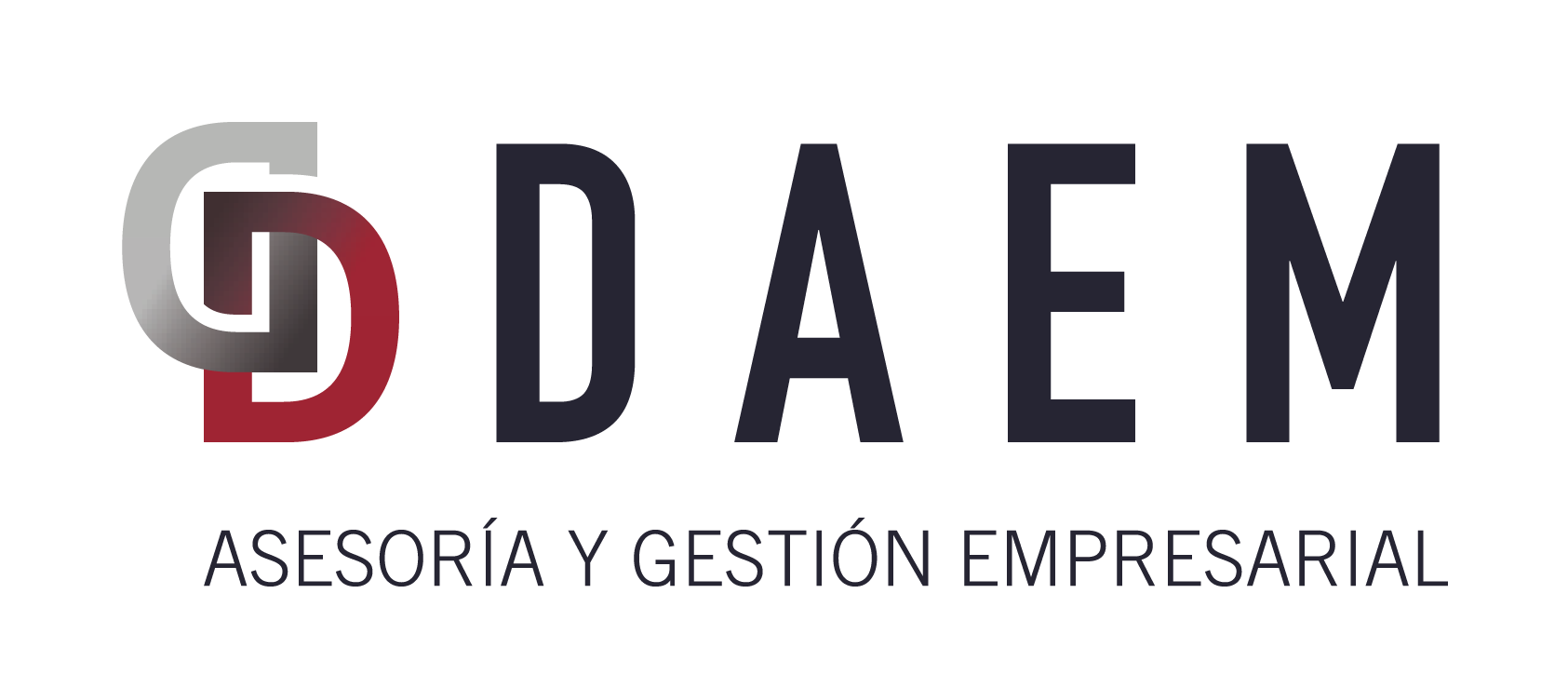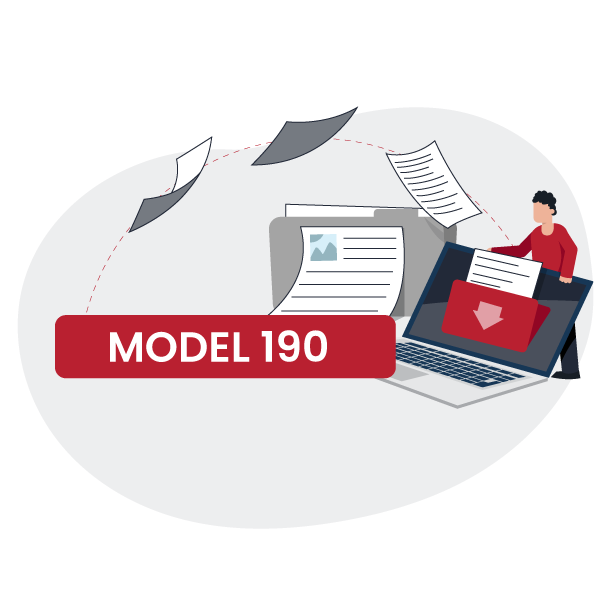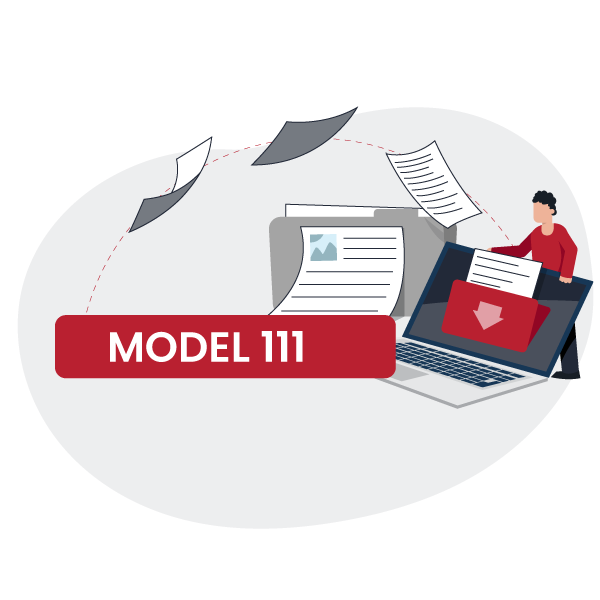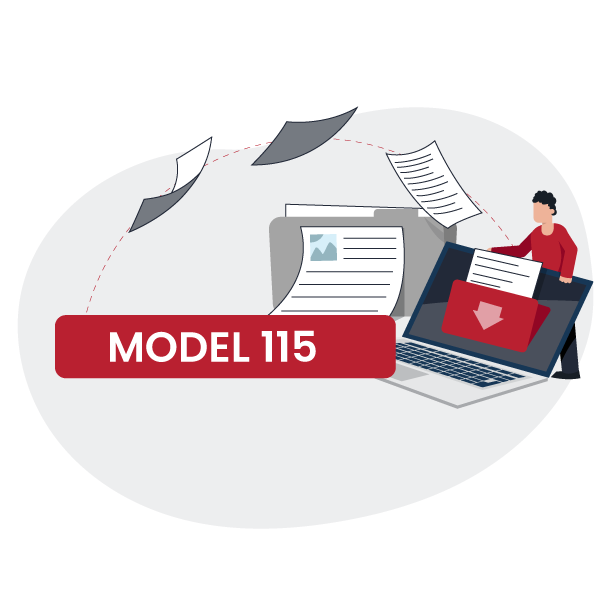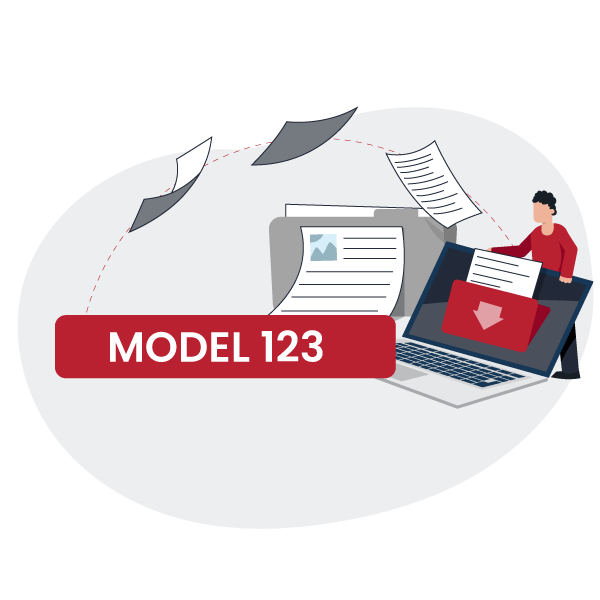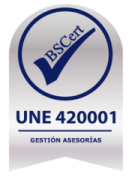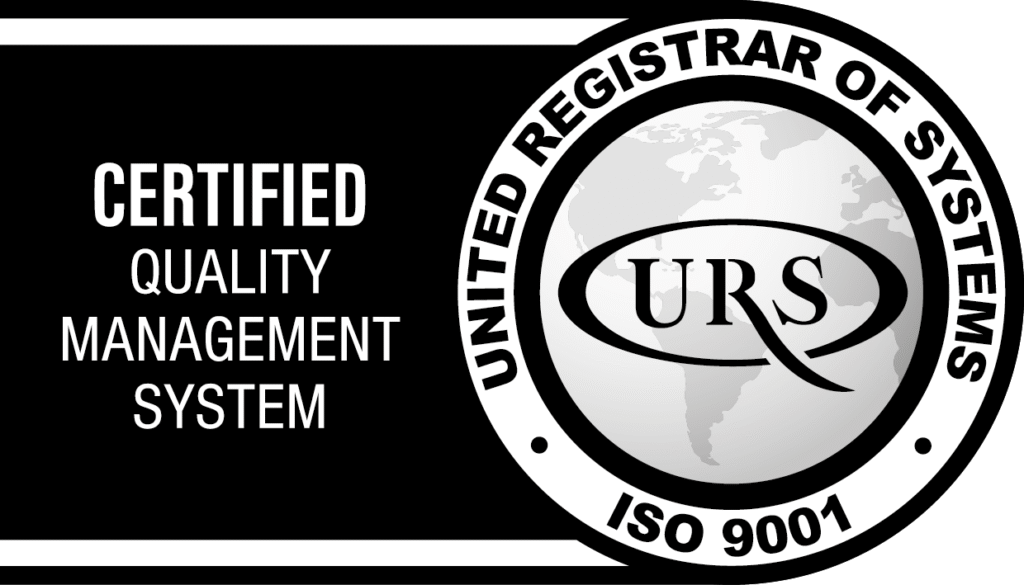Even so, we want to explain in detail what it consists of, who is obliged to submit it, when it should be sent, what its purpose is, and what consequences not doing so within the established period can have.
If after reading it you have doubts, remember that you can contact us. In our tax advisory service, we have the necessary experience to help you with this model as well as with other procedures related to the Tax Agency.
What is Model 190?
Model 190 is an annual informative declaration that compiles all withholdings and payments on account made throughout the fiscal year for Personal Income Tax (IRPF) purposes. In essence, it’s a summary of Model 111, which is submitted quarterly, and it details payments for employment income, professional services, prizes, and some capital gains.
Who Must Submit Model 190?
All individuals, legal entities, or entities that have made IRPF withholdings during the year are obliged to submit this model. This includes those who have already submitted Model 111 on a quarterly basis.
In other words, if you are a freelancer or business owner and you make payments subject to withholding (such as salaries, professional fees, or prizes), you must complete and send this annual summary. It’s important to be clear that submitting Model 111 during the year does not exempt you from the obligation to submit Model 190.
When and How is it Submitted?
Model 190 must be submitted between January 1st and 31st of the year following the one to which the declaration corresponds. It must be sent electronically through the Tax Agency’s digital headquarters.
What is the Purpose of Model 190?
This model allows the Tax Agency to verify and consolidate information related to all withholdings made during the fiscal year. Thanks to it, it’s verified that the reported amounts match what was declared in Model 111, and the necessary data is collected to prepare the draft income tax returns for the recipients.
It’s worth noting that, unlike Model 111, in Model 190, the individuals to whom the withholding has been applied are identified.
What Happens if it’s Submitted Late or with Errors?
Submitting this model late or with incorrect information can lead to financial penalties. The amount can range from €100 to €1,500, depending on the delay time and the relevance of the omitted or incorrectly reported data.
To avoid inconveniences, it’s highly recommended to have the support of a tax advisor who can review the data and ensure that all obligations are correctly fulfilled.
How is it Related to Model 111?
Model 190 is directly linked to Model 111, as the latter is submitted quarterly and collects the withholdings made during that period. Model 190, for its part, acts as an annual compendium of the four previous quarters. It’s fundamental that the data from both coincide to avoid possible reviews by the Tax Agency.
At DAEM, we are committed to offering clear, updated, and useful information. However, the tax field may present regulatory variations or particular situations. Therefore, having specialized advice is essential to ensure proper compliance with your tax obligations. If you need help, we are here to accompany you throughout the process.
